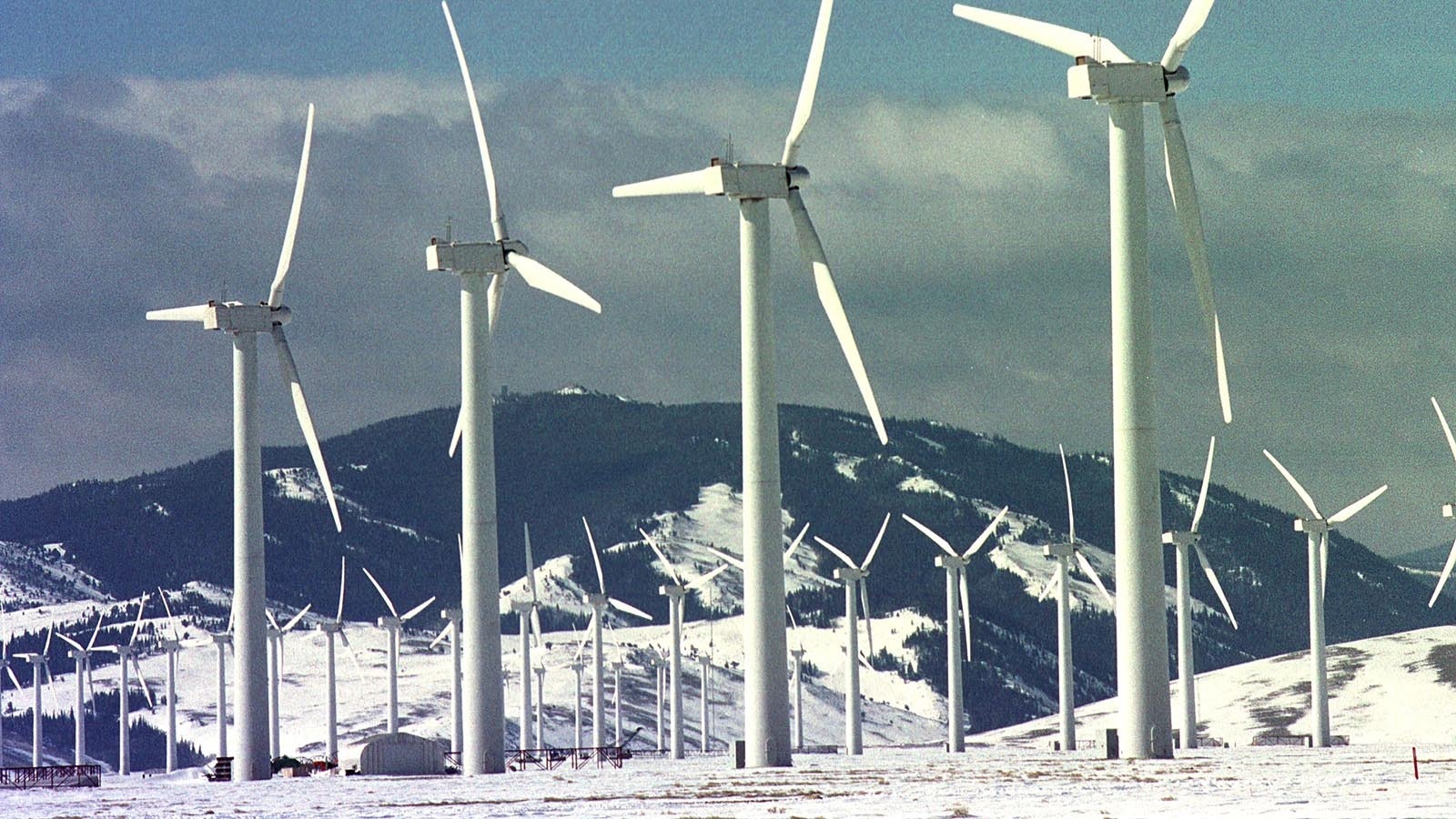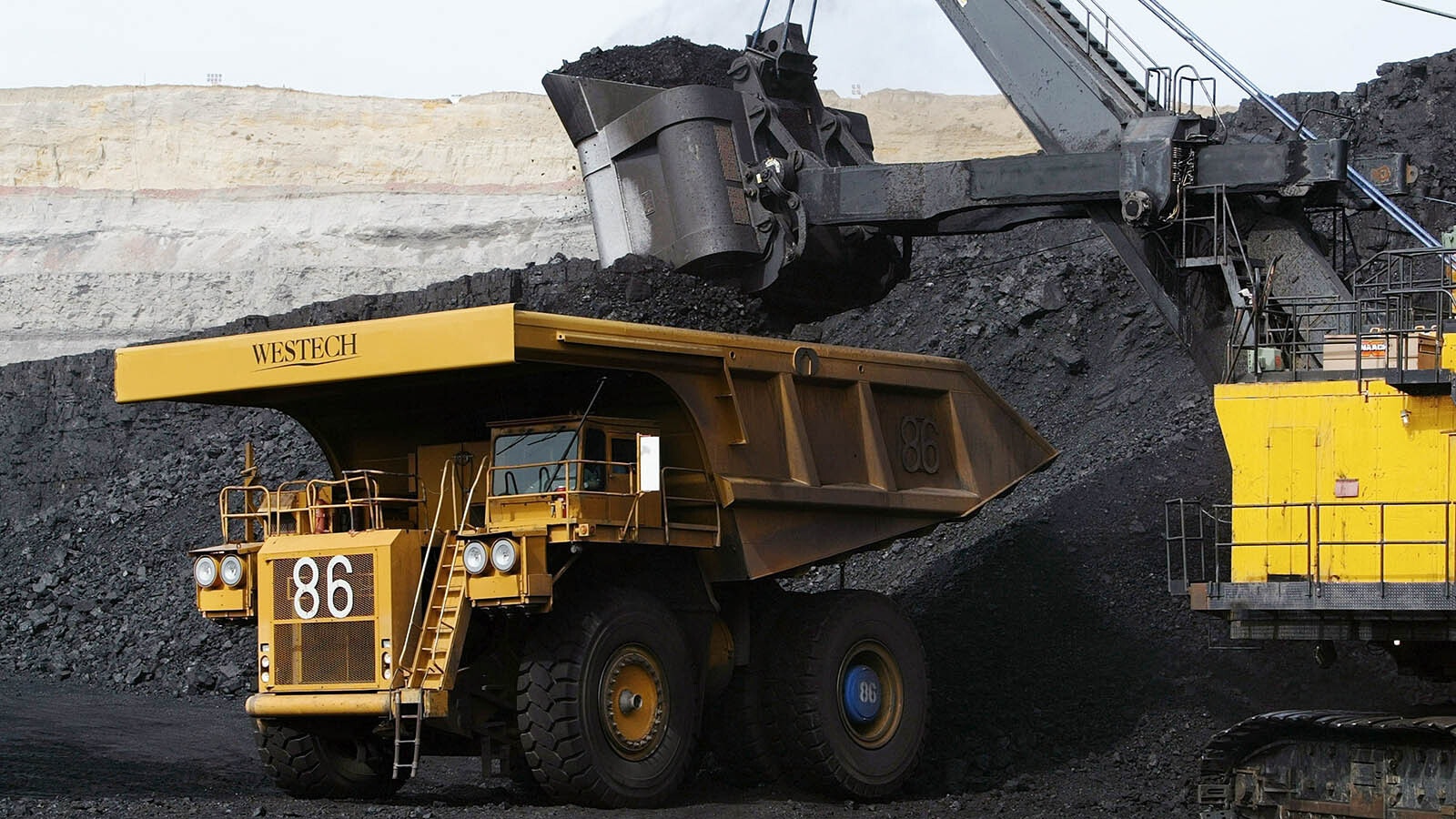The U.S. Energy Information Administration announced this week that electricity generation from renewable resources surpassed coal-fired electrical generation in 2022. The made headlines and is being reported as a major milestone in the proposed energy transition away from fossil fuels.
A closer look at the numbers also shows that America isn’t transitioning away from fossil fuels.
Coal To Natural Gas
In 2022, coal-fired generation provided 20% of electricity consumed in the United States last year, and renewable resources provided 21% of the total electricity consumed.
According to the EIA, coal-fired generation fell from 23% of electricity consumed to 21%, but at the same time natural gas-fired energy grew from 37% to 39%. The share of wind and solar grew from 12% to 14% of total electricity consumed, trailing well behind fossil fuels.
The renewable resources counted in the EIA comparison include hydroelectric, which some environmental groups regularly oppose.
The most vocal opponents of a proposed 264-foot dam in the Medicine Bow National Forest, which is being built as a drought mitigation measure, are those who are concerned about its environmental impacts.
Last year, environmentalists sued to stop a dam in Santa Clara County, California. Environmental groups in Colorado fought to stop an expansion of Gross Dam in Boulder County.
Bad Comparison
Dan Ervin, professor of finance at Salisbury University, told Cowboy State Daily that, even with a growing share of total electricity consumed, comparing wind and solar technologies to coal-fired generation is problematic.
Wind and solar produce power under unpredictable weather conditions, whereas coal-fired plants can run continuously. To replace reliable coal with wind and solar requires multiple times the buildout.
“Replacing 1 megawatt of coal requires 4 or 5 megawatts of wind. It’s not a one-on-one thing,” Ervin said.
The increased buildout required to accommodate the intermittency of wind and solar drives up energy costs the more the sources are added to the grid.
Ervin published an article this week in Real Clear Energy headlined “America’s Avoidable Energy Crisis,” which explains how rapid retirement of coal-fired generation power plants is leading to rising energy costs and decreased reliability.
In it, Ervin explains that buildout of wind and solar isn’t keeping up with the retirement of coal-fired power plants and that battery storage, which is the primary means to deal with the intermittency of wind and solar, isn’t going to provide power over the durations in which wind and solar will fail.
Media Silence
Media organizations across the country cheered the news of renewable energy’s progress while not delving into the details.
Stephen Porder, a professor of ecology, told the Associated Press that he was happy to see “we’ve crossed the threshold.”
The AP story quoted other renewable energy proponents hailing the EIA numbers as an achievement toward decreased energy costs.
Two-thirds of the way down, the report mentions that the grid remains largely reliant on fossil fuel generation and that the switch from coal to natural gas is the main driver of carbon dioxide emissions in the U.S.
In its report on the recent EIA numbers, the Casper Star Tribune didn’t mention the problems with grid reliability and increased costs that come with eliminating coal-fired generation.
The Grist, an anti-fossil fuel publication, reported that the EIA news is encouraging, but “some experts say the uptick in renewables isn’t fast enough.”
Increasing Rates
David Blackmon, a longtime energy analyst and writer, said that these reports are ignoring that the average cost of electricity in the U.S. has doubled in the last 20 years.
“There’s no question that loading up grids with renewables does lead to dramatically higher electricity rates,” Blackmon said.
Besides reliability issues, Blackmon said demands on the grid are also increasing because of electric vehicles and electrification of home heating and appliances.
“Even [Tesla CEO] Elon Musk acknowledges that we’re going to have to double generation capacity on the grid just in the next decade, strictly for recharging electric vehicles,” Blackmon said. “It took us 100 years to build the grid we have. The idea that we’re going to quickly double the generation capacity is a fantasy world.”
Blackmon said that reporters often repeat narratives that are handed to them by activists, which leaves the public little understanding of what is happening in the energy space.
It Takes A Crisis
Blackmon said he expects more effective policies will start coming out of Washington when the nation experiences an energy crisis, like is happening in Europe.
Due to sky-high energy costs, factories in Europe are shutting down and residents are having trouble paying their energy bills.
Germany has been a leader in pushing for a transition away from fossil fuels and nuclear energy, and Germans pay about three times what the average American pays for electricity.
Even Germans appear to be having enough. This week, residents of Berlin voted down a referendum that would have bound the city to be carbon neutral by 2030.
Ervin said that eventually, people are going to face a failing grid, and it’s likely not much will change until that happens.
“I just don’t see how this is going to end well,” he said.
Blackmon pointed to the positive energy policies that followed the energy crisis of the 1970s.
“It’s an unfortunate reality that in democratic countries, it almost always takes an energy crisis for governments to enact rational energy policies,” Blackmon said.





